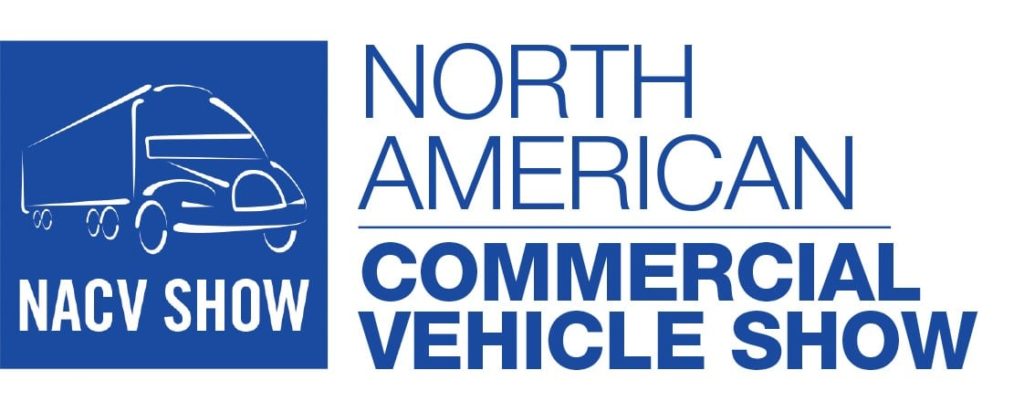Hydrogen Fuel Cell MH Commercial Vehicle Update

With regards to zero-emission medium and heavy vehicles, we have heard during the past few years that battery electric commercial trucks will ultimately replace the diesel-powered internal combustion engine for commercial trucks. At some point in the future this might be true for short and regional haul freight carriers but what about the long-haul heavy truck segment?
Currently, the lack of charging infrastructure, range anxiety and the extreme weights associated with the batteries will be a significant deterrent to mass adoption of long-haul battery electric trucks. However, hydrogen fuel cell trucks for long-haul applications appear to be a viable option in this segment. Even though fuel cell trucks currently have a greater range and lighter weight than battery electric trucks, they have the same problem as electric trucks due to a lack of a power infrastructure.






